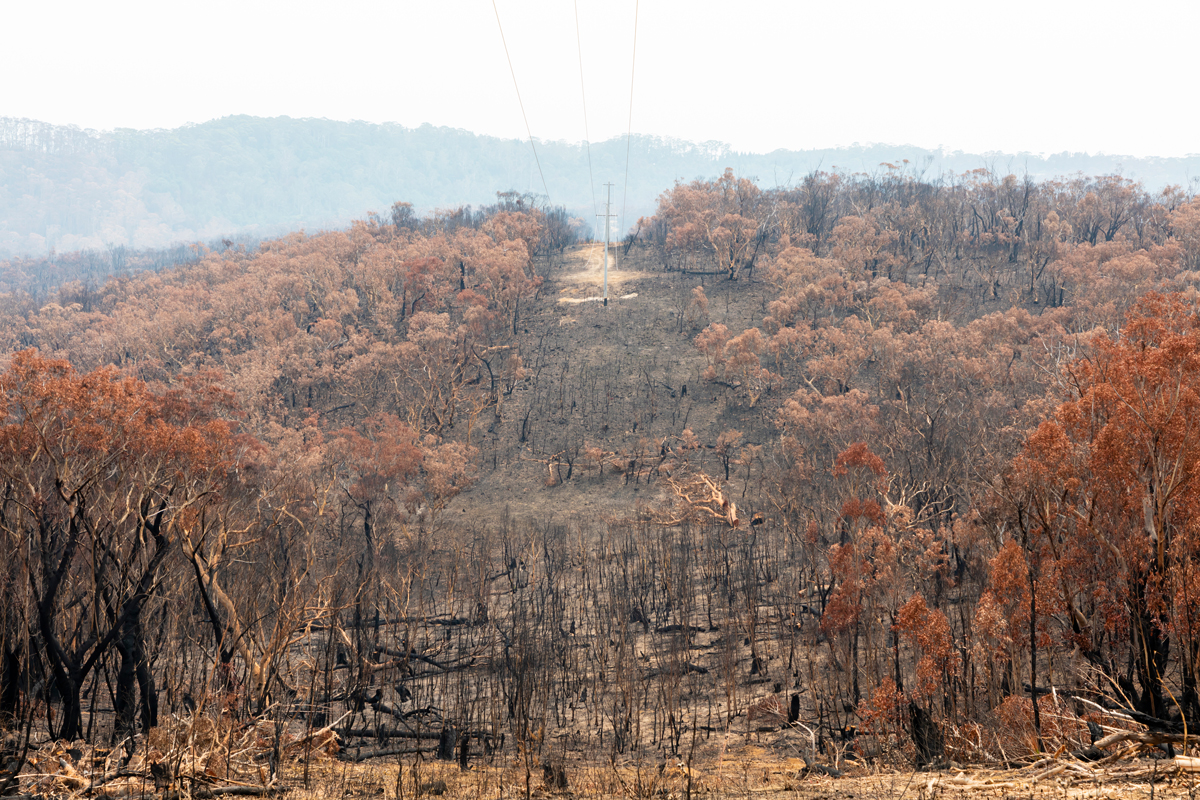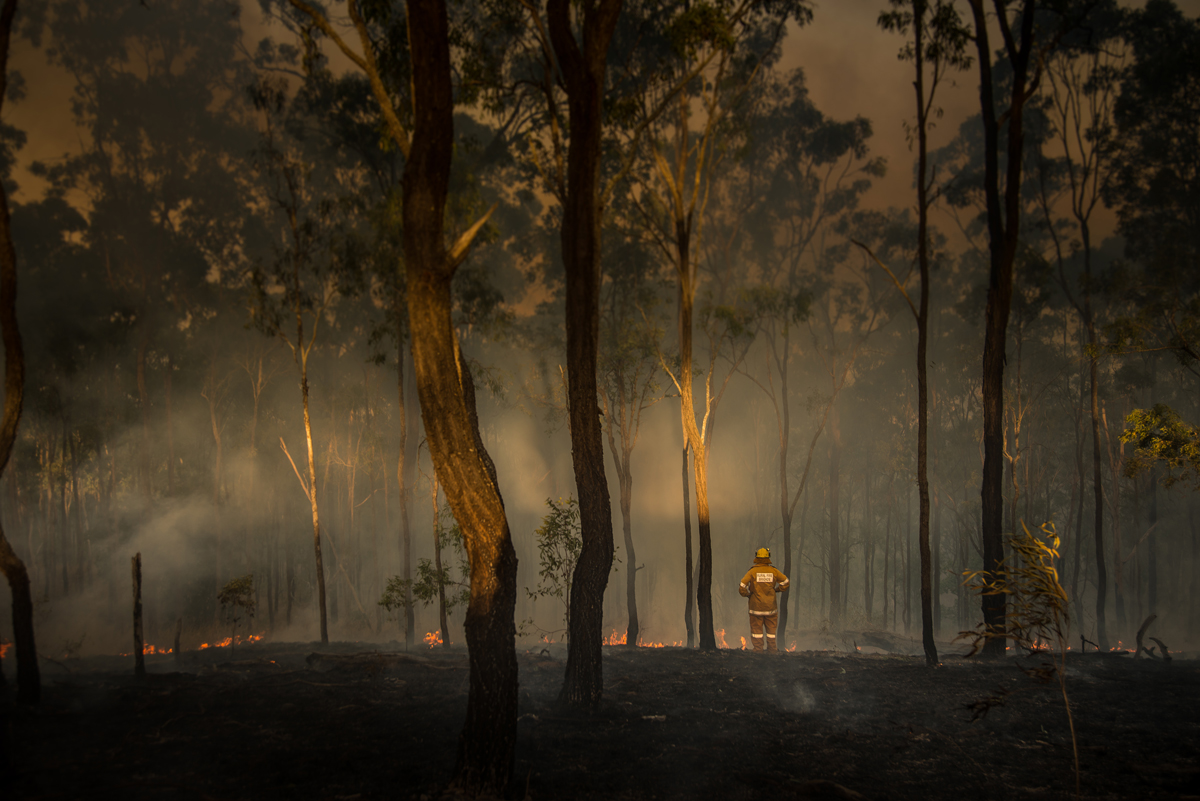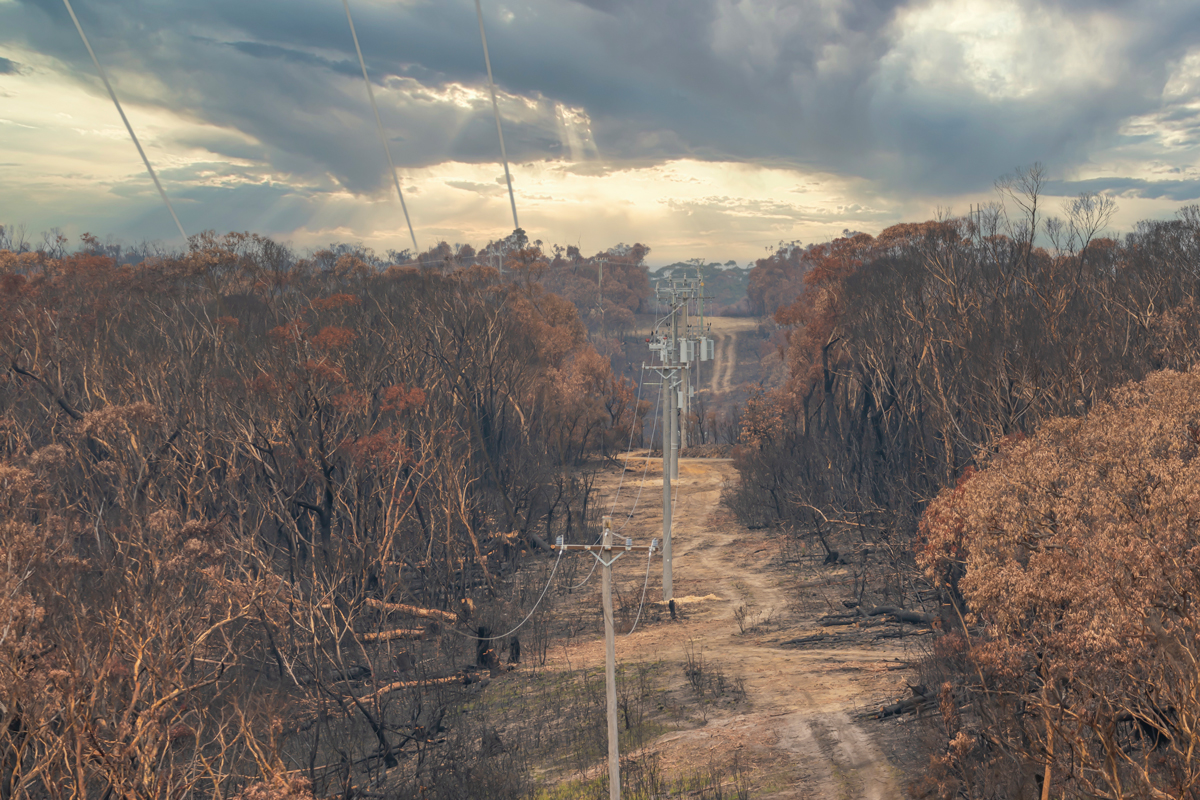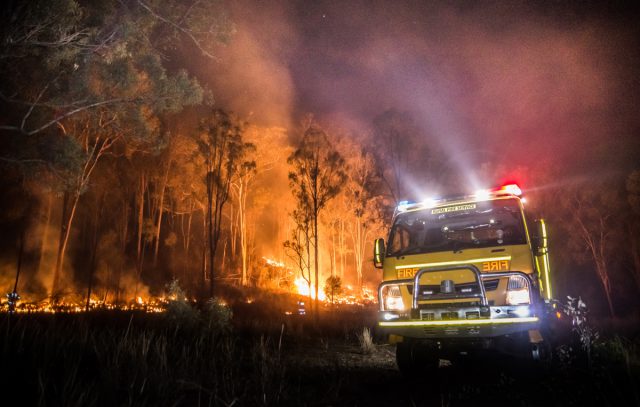Last summer’s bushfires highlighted a spate of issues with telecommunications networks in the face of disaster. Now the telcos are busy developing new infrastructure to prevent it from happening again.
Australia’s disastrous 2020 bushfire season was complicated by telecommunication failures and equipment destruction in affected areas at a time of their critical need. The emergency highlighted a range of infrastructure inadequacies that have required urgent action.
Following consultation with the Minister for Communications, Paul Fletcher MP, at a roundtable back in January, Australia’s telco industry leaders are now working through long-term initiatives to bolster network resilience and develop bushfire mitigation strategies.
And while the telcos and their staff were commended for restoring services as quickly as possible, and providing relief packages to affected areas during the fires, it became clear that new approaches to telecommunication engineering and infrastructure development were needed.
Developing critical infrastructure resilience

One notable issue highlighted by the bushfire emergencies was that any equipment connected via the NBN broadband access network would not work during a power outage. The network outages following the bushfires were mainly due to loss of power, not because of direct bushfire damage to network facilities.
The difficulty the bushfire situation created in accessing some sites where mobile infrastructure is located, to assess damage and install generators, was also notable.
Allen Mapstone, Director Strategic Asset Management at IPWEA Australasia, experienced the bushfire telecommunications outages first-hand in dangerous conditions when his family was evacuated under police escort from Bendalong, NSW.
For three days before their emergency order there was no electricity, phone or internet access at the small coastal community, which was surrounded by heavy smoke and with flames visible in the distance at times.
“The response from service providers and contractors to the bushfires [was] impressive and is certainly recognised,” says Mapstone.
“What did strike me was that key infrastructure such as power was fragile. Seeing pine power poles burning and blocking the only road access to the area raises many questions about infrastructure resilience.”

Creating bushfire mitigation strategies
In a bid to ensure future network resilience, a number of key initiatives were discussed by the telcos and the Minister for Communications in January, including:
- Further clearing of bushland around mobile base stations and transmission facilities to create larger firebreaks;
- Information-sharing from the energy companies on the availability of power to enable telcos to prioritise the deployment of generators;
- Enabling telecommunications operators to access emergency fuel stores to support the refuelling of diesel generators providing back-up power to mobile base stations.
The key actions agreed on were:
- The Australian Communications and Media Authority (ACMA), working with industry peak bodies Communications Alliance and (Australian Mobile Telecommunications Association) AMTA, to conduct an industry-wide review into the impact of the bushfires on telecommunications networks, and how the operators responded. ACMA’s initial report was issued in April;
- The Communications Alliance to lead, on behalf of industry, the development of a national common operating model for telecommunications disaster management to underpin efficient interaction with state government lead agencies;
- AMTA to work with industry to ensure emergency coordination agencies have better information about the location of critical mobile infrastructure.
The industry is also working with the Government to investigate options to increase network resilience in the future, and to improve the continuity of services to Australians, examining issues such as:
- Industry coordination of advice to residents in affected areas;
- Options for greater network redundancy to support critical services such as banking and EFTPOS in areas affected by natural disasters;
- Ways to make better use of Wi-Fi and satellite services to provide connectivity in areas where mobile networks are down;
- Potential need for additional temporary facilities such as Cells On Wheels (COWs) to replace damaged facilities;
- Whether network resilience could be further improved.
Safeguarding telecommunications networks
“While no telecommunications network is 100 per cent impervious to damage from natural disasters, Australians naturally want to be confident our communications networks are as resilient as possible during times of emergency,” Minister Fletcher says.

“We are better placed than 20 or 30 years ago; the combination of mobile, fixed line and satellite connectivity combined with mobile COWs and temporary satellites on the NBN that can be deployed means we now have greater back-ups and options to keep our vital communications networks up and running.”
Having witnessed the impact of the fires on communication services in a regional area with limited access, Mapstone is pleased about the action taken by the telcos to work through the issues.
“We welcome an in-depth discussion about critical infrastructure and how we can plan for greater resilience in times of stress, particularly when natural disasters such as bushfires occur,” he says. “Additionally, seeing this being led at a national level is very positive to provide a consistent approach to this challenge.”














